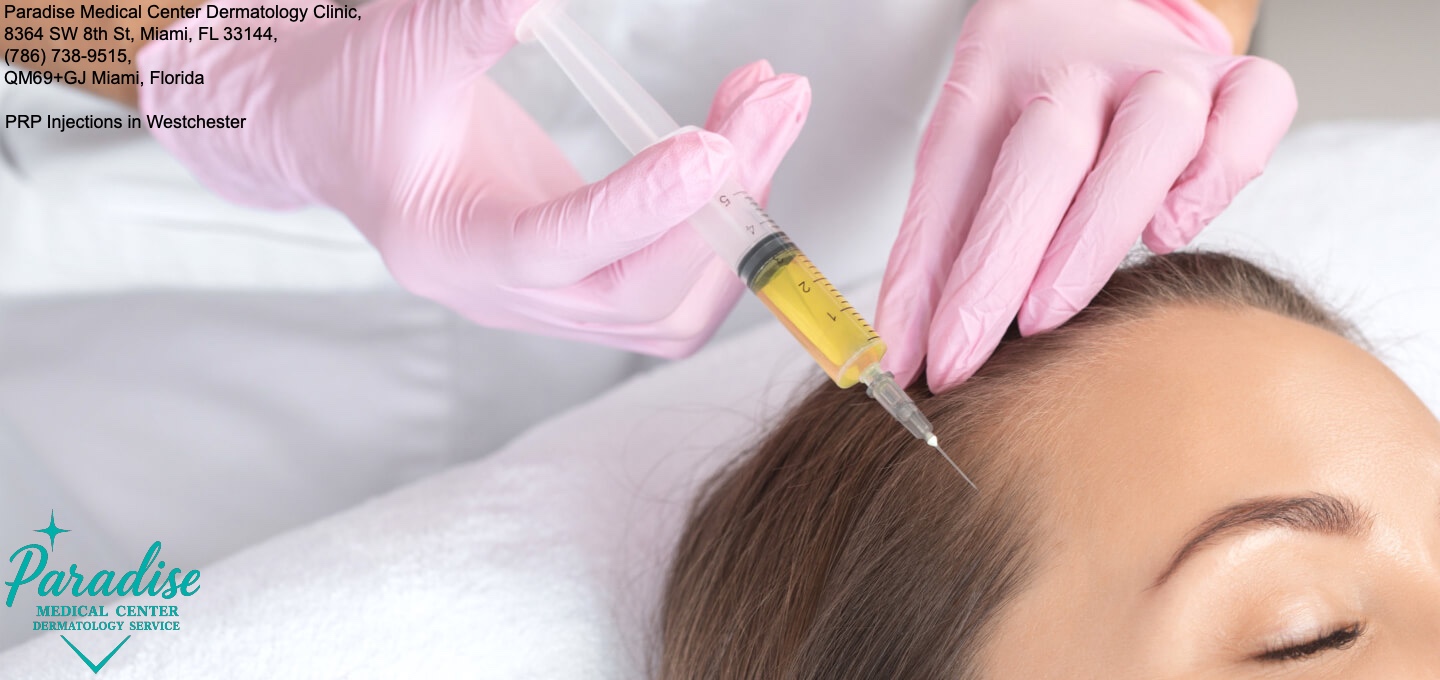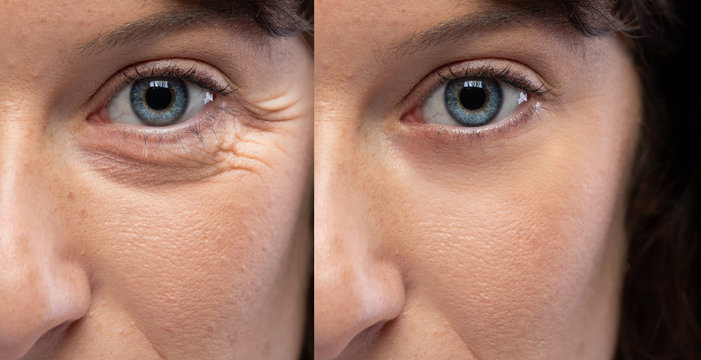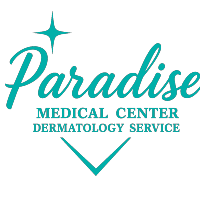Best Sunscreen Advice for Families in Hialeah Parks
Paradise Medical Center Dermatology Clinic in Westchester (Dr. Teresa Moreno) shares practical, family-focused sun protection guidance tailored for Hialeah’s parks and outdoor spaces. Use these evidence-based tips to keep your kids—and yourself—safe while enjoying local Playgrounds, sports fields, and picnic areas.
Why focused sun protection matters for Hialeah families
Hialeah and the surrounding Miami-Dade communities experience intense year-round UV exposure. Prolonged and repeated sun exposure during childhood substantially increases lifetime skin cancer risk, including melanoma. Beyond cancer risk, UV radiation accelerates photoaging (wrinkles and sunspots), worsens pigment conditions like melasma, and can exacerbate inflammatory conditions such as eczema and rosacea.
For families who use local parks frequently, a practical, repeatable sunscreen routine is one of the most effective preventive measures. Combining sunscreen with shade, protective clothing, hats, and sunglasses gives the best protection for active children and busy parents. For park locations and amenities in Hialeah, see the city’s parks map: Hialeah Parks & Maps.
Choosing the right sunscreen for family use
Broad-spectrum protection is non-negotiable
Always choose a sunscreen labeled “broad‑spectrum.” This ensures protection against both UVA (photoaging, deeper skin damage) and UVB (sunburn and DNA damage related to skin cancer).
SPF recommendations for everyday and prolonged exposure
For daily outdoor play, sports, or a park afternoon, use a sunscreen with at least SPF 30. For extended outdoor exposure—beaches, long tournaments, multi-hour park visits—SPF 50 or higher provides added margin for protection. Higher SPF is helpful when reapplication may be delayed, but reapplication remains essential.
Mineral (physical) vs chemical sunscreens
Mineral sunscreens (zinc oxide, titanium dioxide) sit on the skin surface and reflect UV rays; they are often recommended for sensitive skin and children because they are less likely to irritate. Chemical sunscreens absorb into the skin and convert UV to heat—many work very well and are cosmetically preferred by some adults. Choose what your family tolerates and use it consistently.
Water resistance and activity considerations
If your family will be sweating or playing in splash areas, pick a water-resistant formula and follow the labeled reapplication interval (usually 40–80 minutes). No sunscreen is fully waterproof—reapply after towel drying, swimming, or heavy sweating for continued protection.
How to apply sunscreen the right way — a family routine
Timing: apply before heading outdoors
Apply sunscreen 15–30 minutes before outdoor activity so it can bind or absorb properly. For chemical sunscreens this helps activation; for mineral sunscreens it ensures even coverage.
How much to use
Use about one ounce (a shot-glass worth) to cover an adult body. For children, apply a proportionate, generous amount. Use more on exposed areas—face, ears, neck, arms, and legs. Don’t skimp; underapplying significantly reduces protection.
Reapplication schedule
Reapply every two hours during continuous outdoor exposure and immediately after swimming or heavy sweating. If activities are moderate and shade is used often, still aim for reapplication at least every two hours for best protection.
Apply to commonly missed areas
Make sure to cover: ears, tops of feet, back of neck, along the hairline, eyelids (use sunscreen-safe sunglasses or hats), and the backs of legs. Use SPF lip balm for the lips.
Shade, clothing, and additional layers of protection
Sunscreen is one key part of a layered sun-safety strategy. Use these complementary measures:
- UPF clothing: Lightweight long sleeves and pants with a UPF rating provide reliable protection during long play sessions.
- Hats: Wide-brim hats shield face, ears, and neck more effectively than baseball caps.
- Sunglasses: Choose UV-blocking lenses for children and adults to protect eyes and delicate eyelid skin.
- Shade: Plan park time in shaded Playgrounds or bring a pop-up canopy for extended outings during peak sun hours (10am–4pm).
Sun-safety specifically for children and families
Make sunscreen application part of play
Turn sunscreen into a routine—apply together as a family, use fun-smelling or tinted sunscreens kids like, and praise children when they remember to reapply. Role-modeling builds lifelong habits.
Pediatric guidance and infants
For infants under 6 months, consult your pediatrician before sunscreen use; prioritize shade and clothing instead. For older infants and toddlers, choose gentle, mineral-based sunscreens and reapply often, especially after water play.
Managing sensitivity and eczema
Children with eczema may react to fragrances or preservatives in some sunscreens. Mineral sunscreens without added fragrances are often better tolerated. If irritation occurs, stop use and schedule a pediatric dermatology consult to find suitable options and additional skin-care strategies.
Recognizing sun damage and when to see a dermatologist
Be alert for persistent redness, blistering sunburns, new or changing moles, unexplained spots, or areas of persistent pigmentation. Repeated severe sunburns in childhood increase melanoma risk—early dermatologic assessment allows for mole mapping, education, and personalized prevention.
If you notice a changing mole (asymmetry, border irregularity, color variation, diameter increase, or evolving lesion), schedule an evaluation as soon as possible. Regular skin checks are especially important for families with fair-skinned members or a strong family history of skin cancer.
How Paradise Medical Center can support your family
Paradise Medical Center Dermatology Clinic in Westchester provides comprehensive family-focused dermatology care:
- Personalized sunscreen and skincare counseling for all ages.
- Skin cancer screenings and mole evaluations with patient education on self-checks.
- Treatment options for sun-damaged skin—chemical peels, microneedling, and laser therapies—tailored to age and skin type.
- Management of pediatric skin conditions (eczema, atopic dermatitis, acne) with sun-safe treatment plans.
Clinic address: Paradise Medical Center Dermatology Clinic, 8364 SW 8th St, Miami, FL 33144 — (786) 738-9515. For general park locations in Hialeah, consult the city parks map: Hialeah Parks & Maps.
Authoritative resources we recommend
For further reading and official sun-protection guidance, we recommend:



